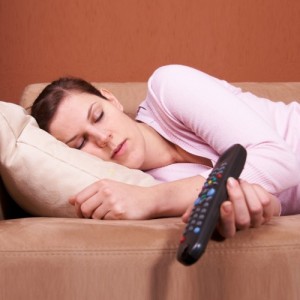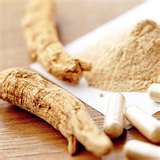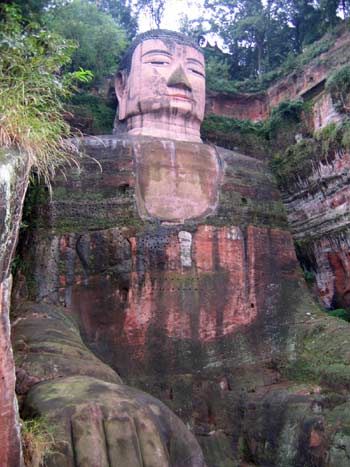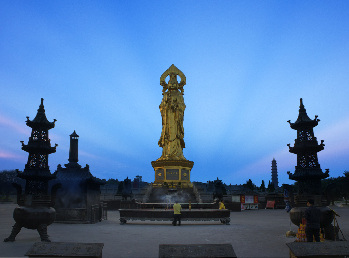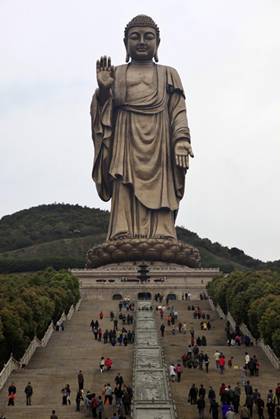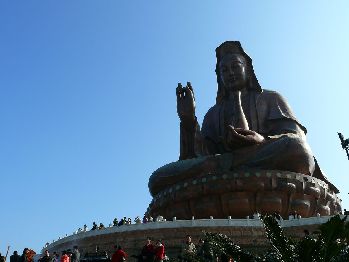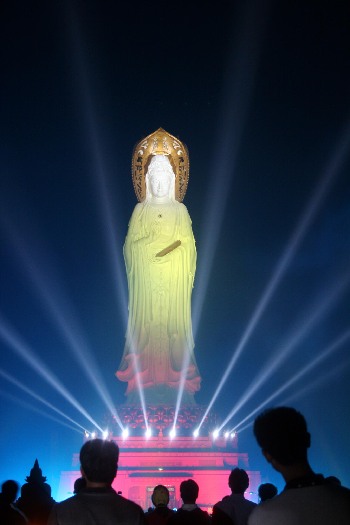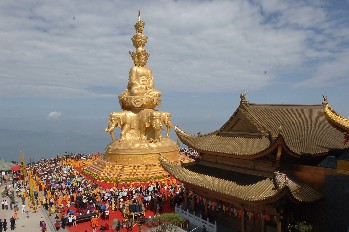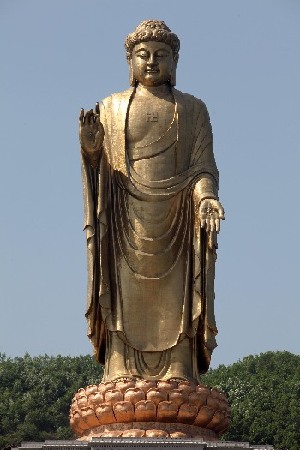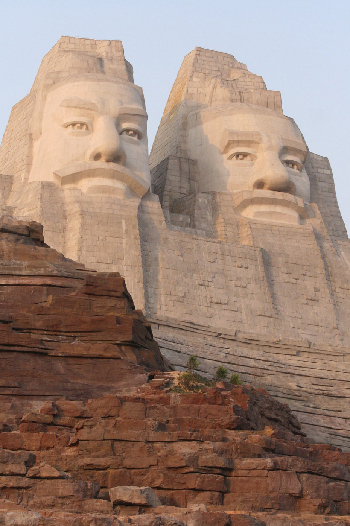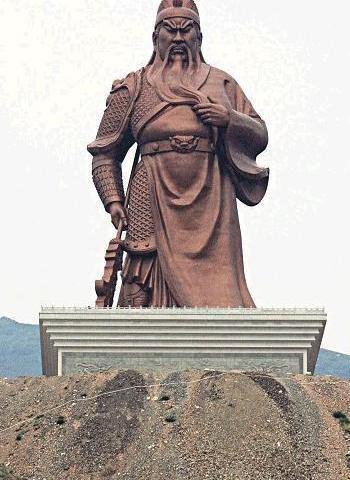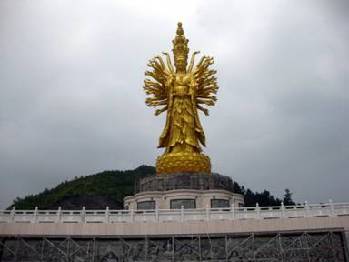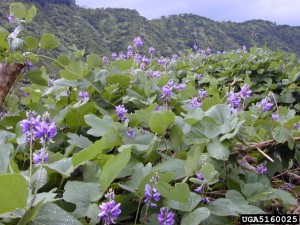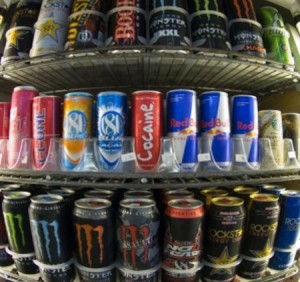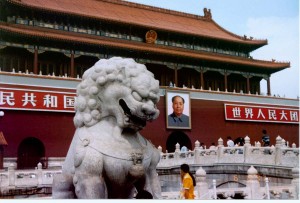 What's new in Traditional Chinese Medicine?
What's new in Traditional Chinese Medicine?
Well for starters, bigger players want a piece of what they see as a huge potential profit maker. Chinese herbs, have become the latest interest for drug companies.
The pharmaceutical giant GlaxoSmithKline is opening a new research unit in China to look at traditional Chinese medicine.
"Traditional chinese medicine is a well-established system of medical practice developed through thousands of years of empirical testing and refinement of herbal mixtures, and relies generally on clinical experience," said Zang Jingwu, senior vice president Glaxo and head of R&D China.
The relatively new R&D unit is working with academic TCM experts in China to develop new TCM products for the benefits of patients in China and the rest of the world. The strategy is to integrate the existing TCM knowledge of diseases with modern drug discovery.
"We are developing novel therapeutic TCM mixtures as prescription medicines through innovative extraction methods and combinations, and we use clinical data/evidence to differentiate from existing TCM products on the market," he said.
The company's R&D China center was founded in 2007 with a focus on neurosciences. So far, the center has developed into a fully integrated global R&D organization in China to deliver medicine globally and for China.
Only one question: what will it cost us consumers? Right now Chinese herbal products are cheap compared to drugs! What can we expect once the big drug companies want a share of the market?
Reference:
ChinaDaily.com
http://www.chinadaily.com.cn/business/2012-09/07/content_15743913.htm

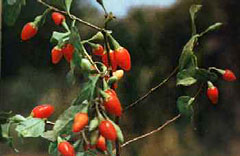
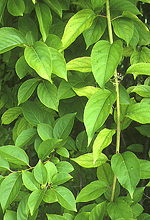 A new drug is being resesarched for its early success in the treatment of prostate cancer. This is noteworth here because the drug is derived from a
A new drug is being resesarched for its early success in the treatment of prostate cancer. This is noteworth here because the drug is derived from a 